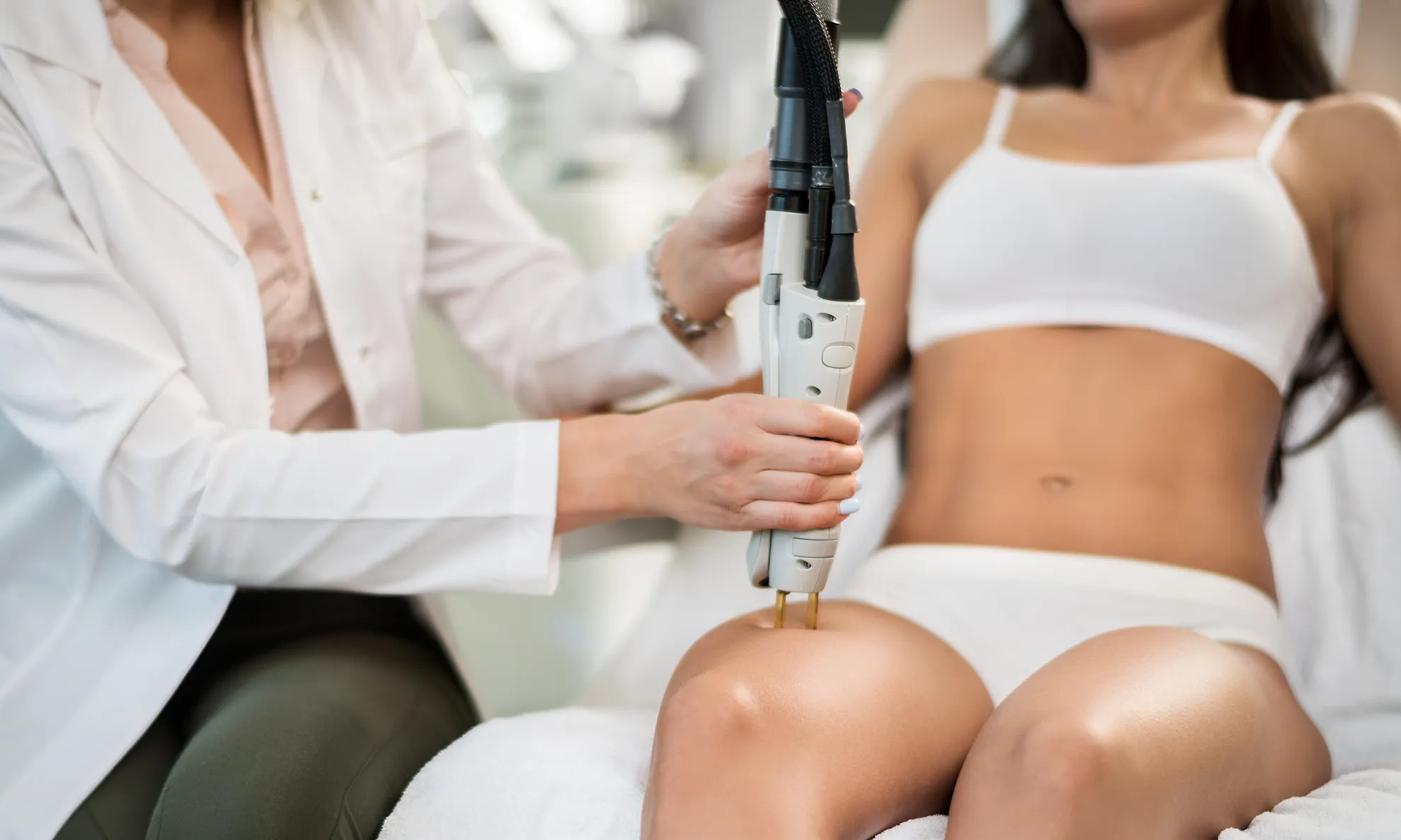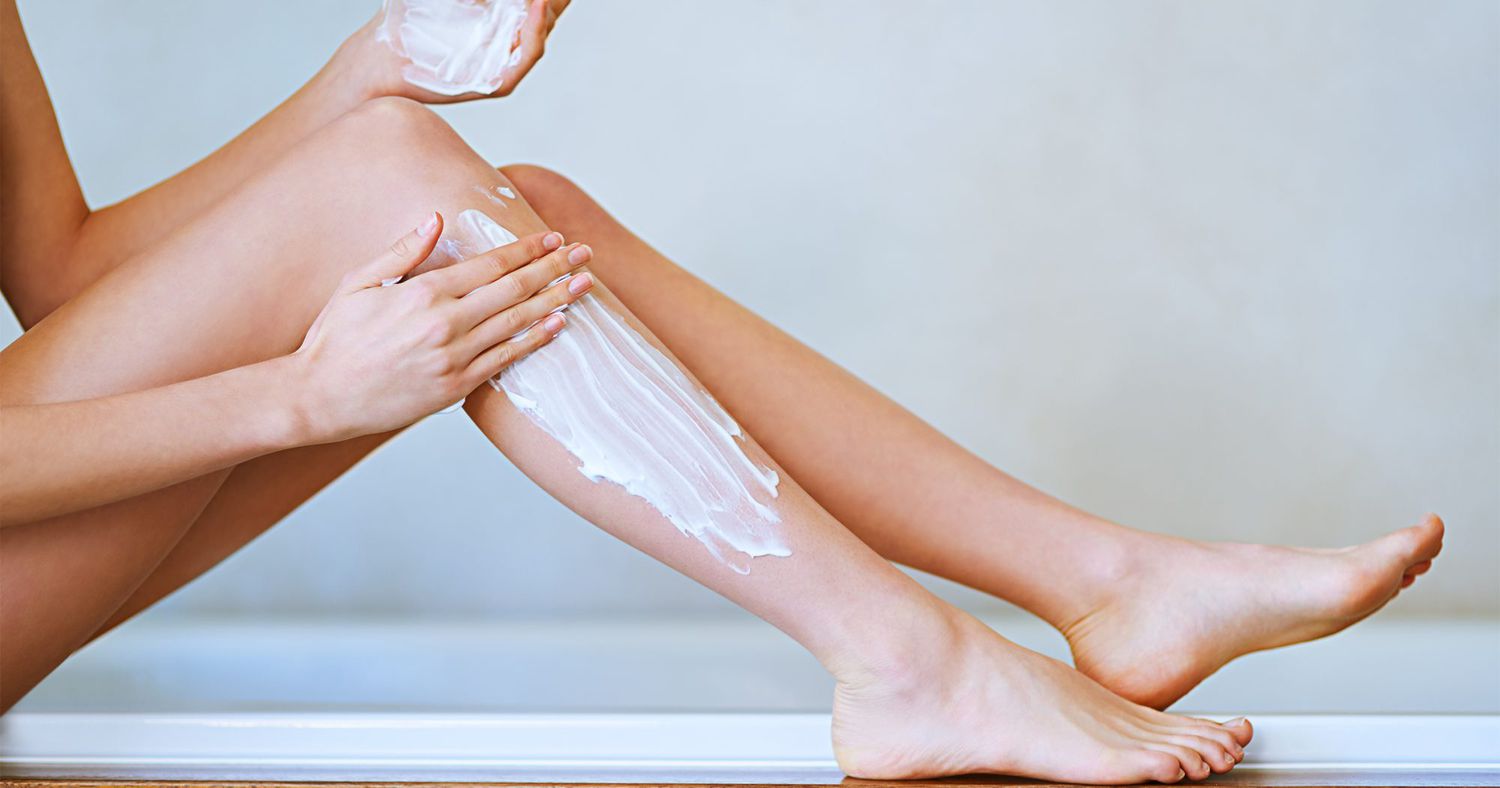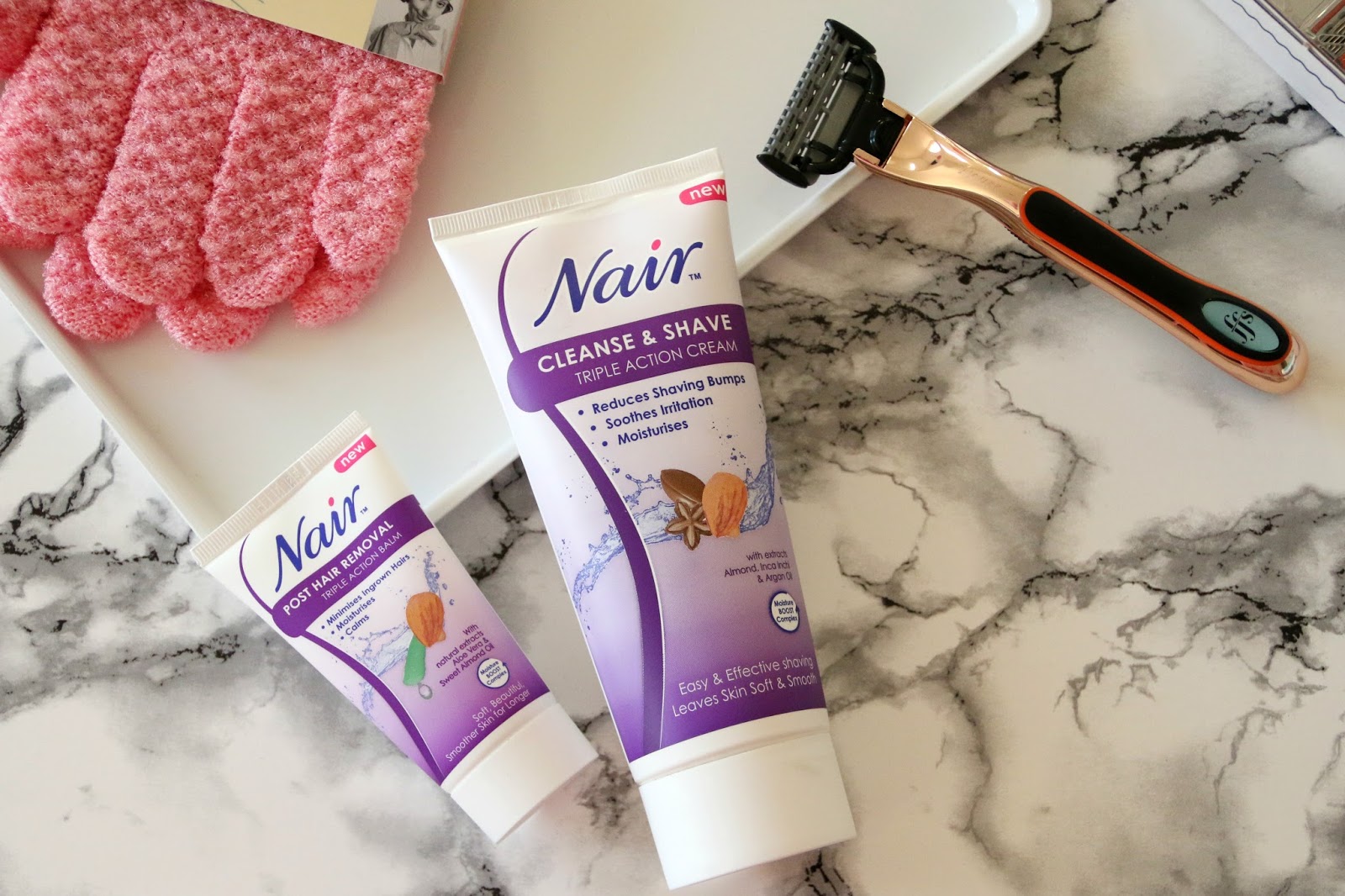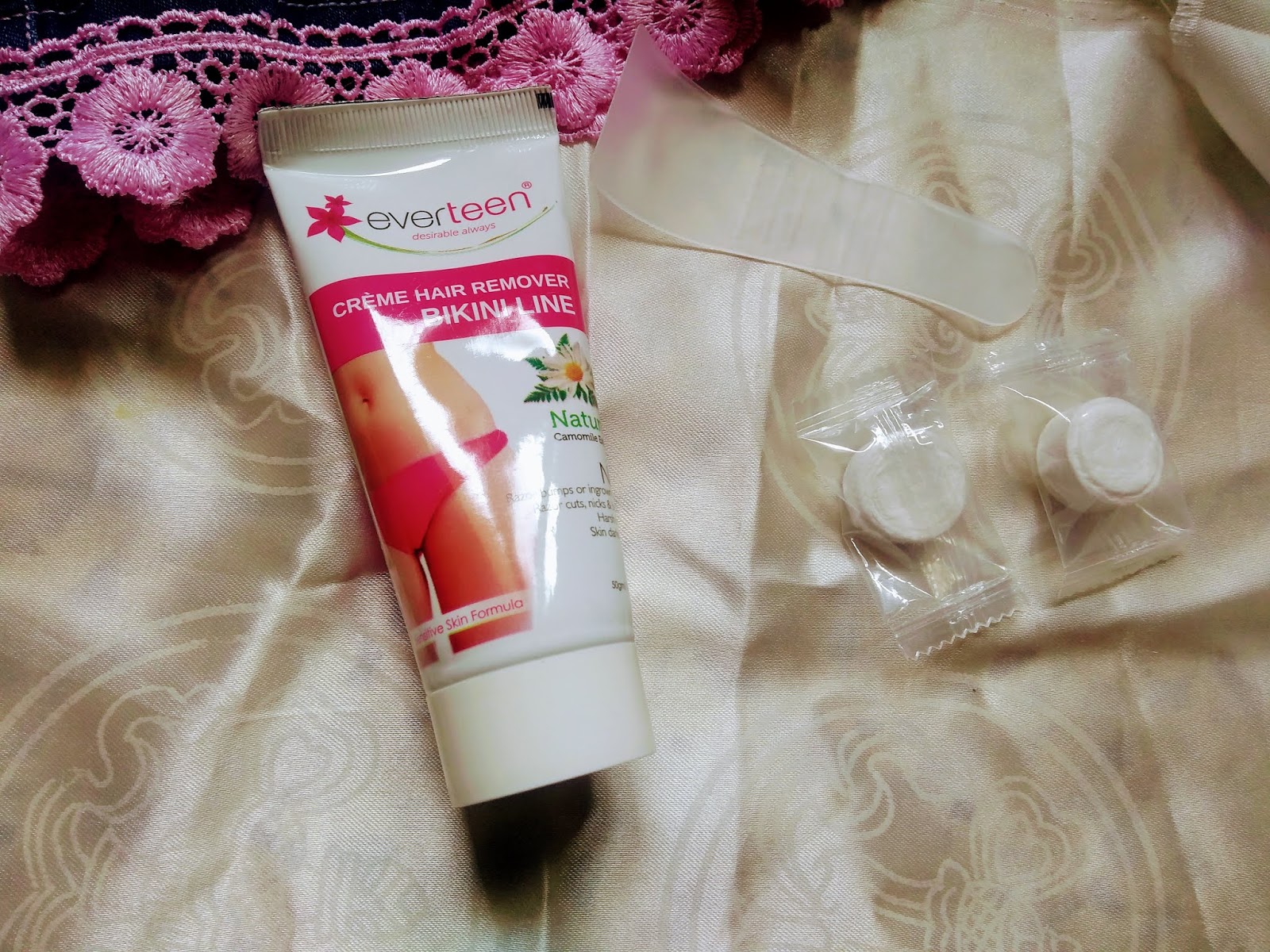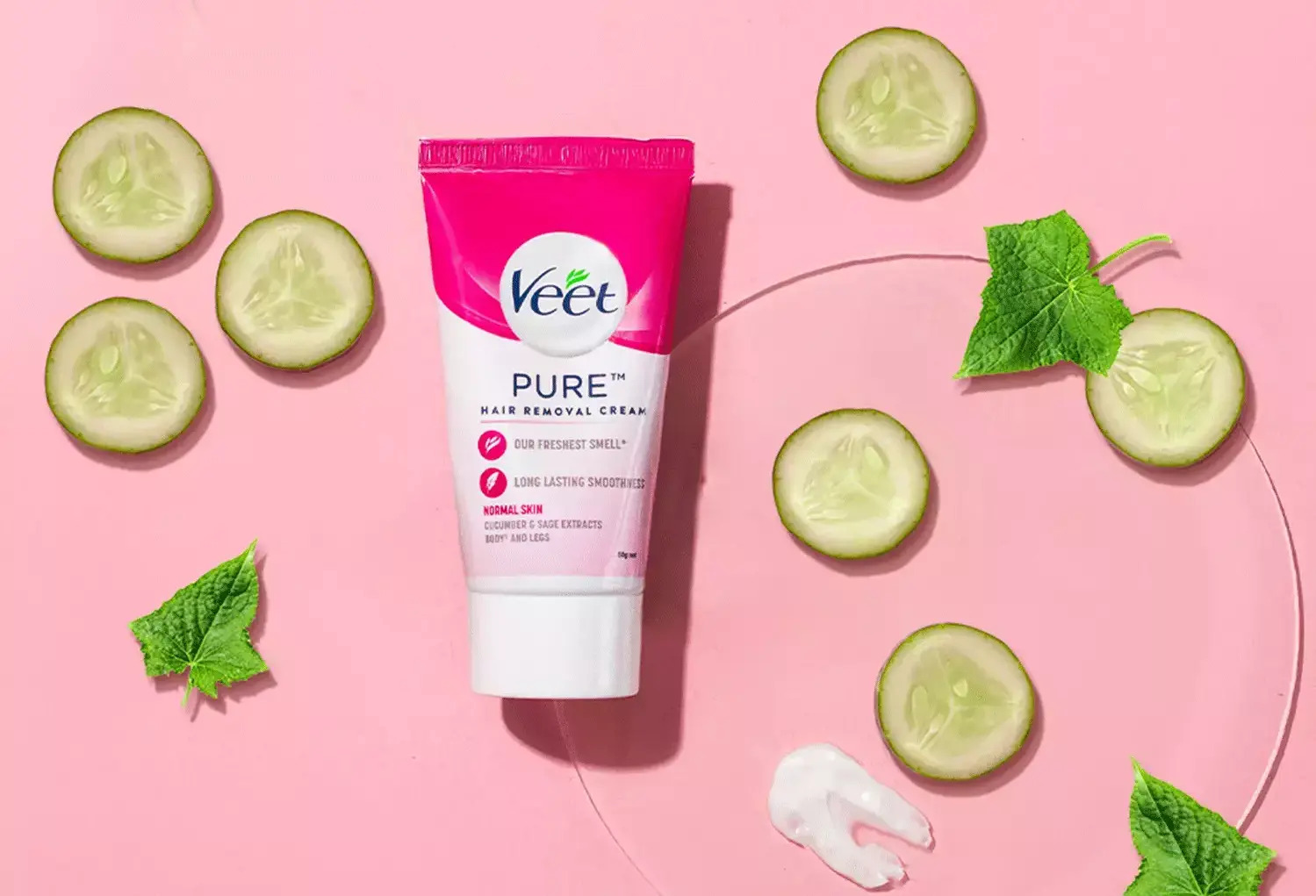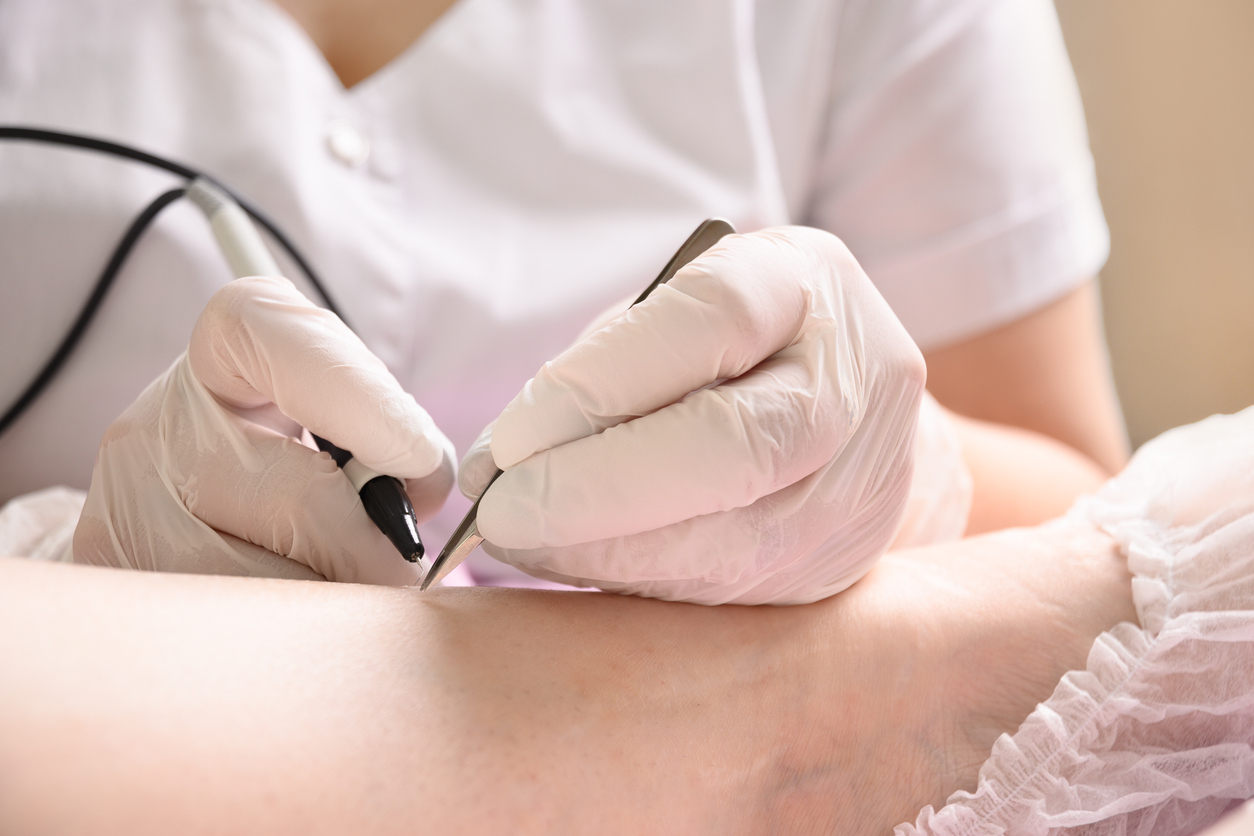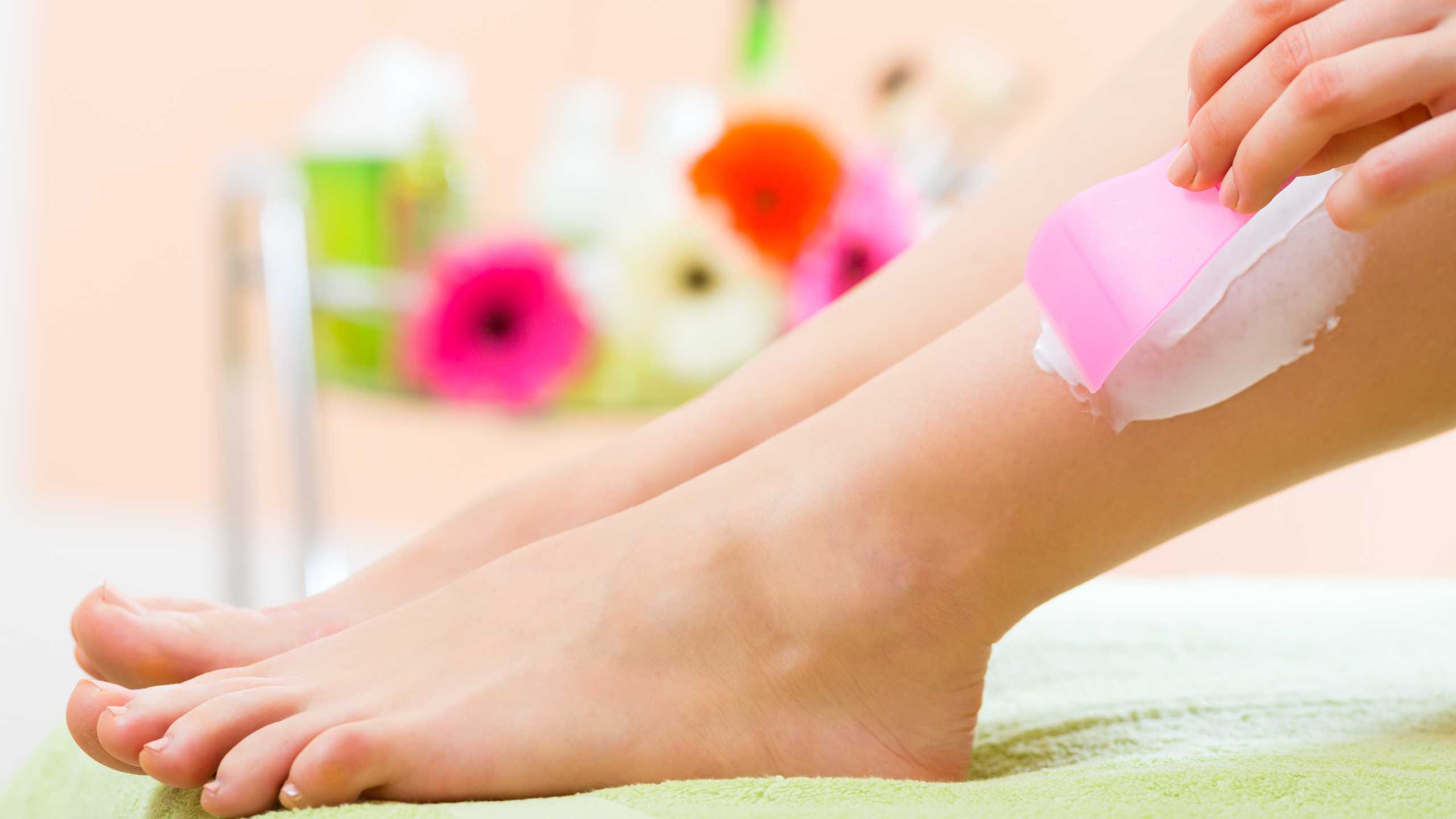

FAQs
How Does Hair Removal Cream Work
Modified: August 5, 2023
Discover how hair removal cream works and get answers to general questions about this popular method. Find out if it's the right choice for you!
(Many of the links in this article redirect to a specific reviewed product. Your purchase of these products through affiliate links helps to generate commission for Under-tec.com, at no extra cost. Learn more)
Table of Contents
Introduction
Removing unwanted hair has become a common practice for both men and women. While there are various methods available, such as shaving, waxing, and laser hair removal, hair removal creams have gained popularity for their convenience and ease of use. These creams offer a painless alternative to traditional hair removal methods and can be used on different parts of the body. But how do these creams actually work?
Hair removal creams, also known as depilatory creams, are formulated with specific ingredients that break down the protein structure of the hair, allowing it to easily be wiped away from the skin’s surface. The process of hair removal using these creams is quick, efficient, and relatively painless, making it an attractive option for many individuals.
In this article, we will explore the workings of hair removal creams, the ingredients they contain, the application process, as well as the pros and cons of using them. We will also discuss some safety precautions to keep in mind when using these products. By the end of this article, you will have a better understanding of how hair removal creams function and whether they are the right choice for you.
What is Hair Removal Cream?
Hair removal cream, also known as depilatory cream, is a popular choice for individuals looking to get rid of unwanted hair. It is a topical product that is applied to the skin, where it effectively breaks down the structure of the hair, allowing it to be easily removed. Hair removal creams are available in different formulations, catering to various skin types and hair thicknesses.
These creams contain chemicals that work by dissolving the protein keratin, which is the main component of hair. As the cream is applied to the skin, the active ingredients penetrate the hair shaft and start to break down the keratin bonds, weakening the hair from the roots. This process allows the hair to be wiped away with a spatula or washed off, leaving the skin smooth and hair-free.
Hair removal creams are designed to be used on different parts of the body, including the legs, arms, underarms, bikini area, and face. They offer a painless alternative to other hair removal methods like waxing or epilating, making them particularly appealing to those with sensitive skin or a low pain tolerance.
It is important to note that hair removal creams are not permanent hair removal solutions. The effects typically last for a few days to a week, depending on the individual’s hair growth rate. Regular use is usually necessary to maintain a hair-free appearance.
Now that we have a basic understanding of what hair removal cream is, let’s delve deeper into how it actually works.
How Hair Removal Cream Works
Hair removal creams work by utilizing a combination of chemical ingredients that break down the protein structure of the hair. These chemical ingredients, such as calcium or potassium thioglycolate, sodium hydroxide, and calcium hydroxide, work together to weaken the keratin bonds that hold the hair strands together.
When the cream is applied to the skin, it starts to penetrate the hair follicles and begins to break down the keratin bonds within the hair shaft. The chemicals in the cream disrupt the disulfide bonds present in the protein structure of the hair, causing the hair to become weak and lose its integrity.
As the hair is weakened, it becomes easier to remove. Most hair removal creams come with a spatula or scraper that can be used to gently scrape away the dissolved hair from the skin’s surface. Some creams can also be washed off with water, making the hair removal process even simpler.
It is important to follow the instructions provided with the specific hair removal cream you are using. Typically, the cream is applied to clean, dry skin and left on for a specified amount of time, usually ranging from 5 to 10 minutes. Leaving the cream on for too long can result in skin irritation, so it is crucial to adhere to the recommended timeframe.
Hair removal creams are effective at removing hair that is above the skin’s surface. However, they may not be as effective in removing hair that is deeply rooted in the follicle. This means that after using a hair removal cream, you may still notice some hair regrowth after a few days or weeks, depending on your individual hair growth rate.
Overall, the process of using a hair removal cream is quick, convenient, and relatively painless. It offers an alternative to traditional hair removal methods and allows for smooth, hair-free skin without the need for shaving, waxing, or using harsh chemicals. However, it’s important to note that hair removal creams may not be suitable for everyone, especially those with sensitive skin or allergies to the ingredients in the cream.
The Ingredients in Hair Removal Cream
Hair removal creams are formulated with specific ingredients that work together to break down the protein structure of the hair, making it easier to remove. These ingredients are carefully chosen to ensure effective hair removal while minimizing the risk of skin irritation. Let’s take a closer look at some of the common ingredients found in hair removal creams:
- Thioglycolate: Thioglycolate is a key ingredient in hair removal creams. It works by disrupting the disulfide bonds in the hair’s protein structure, weakening the hair and allowing it to dissolve.
- Sodium Hydroxide: Also known as lye, sodium hydroxide helps to raise the pH level of the hair, further breaking down the protein structure and aiding in the hair removal process.
- Calcium Hydroxide: Calcium hydroxide is often added to hair removal creams to neutralize the acidity of other ingredients and prevent potential irritation to the skin.
- Emollients: Emollients are ingredients that help to moisturize and soften the skin. They are added to hair removal creams to counteract the drying effects of the active ingredients and improve the overall texture of the product.
- Fragrance: Hair removal creams often contain fragrances to mask the typically strong odor of the active ingredients. However, for those with sensitive skin or fragrance allergies, it is advisable to choose fragrance-free options.
It is important to note that while these are common ingredients used in hair removal creams, different brands and formulations may include additional or alternative ingredients. It is always recommended to carefully read the product label and perform a patch test on a small area of skin to check for any adverse reactions before applying the cream to larger areas of the body.
Now that we understand the ingredients in hair removal creams, let’s explore the application process and some important considerations to keep in mind.
The Application Process
Applying hair removal cream correctly is key to achieving effective results and minimizing the risk of skin irritation. Here is a step-by-step guide to the application process:
- Cleanse the skin: Start by cleansing the area of skin where you intend to apply the hair removal cream. Use a mild cleanser to remove any dirt, oil, or other impurities from the skin. Pat dry with a clean towel.
- Perform a patch test: Before applying the cream to a larger area, it’s essential to perform a patch test. Apply a small amount of the cream to a small patch of skin and wait for the recommended time (usually 24 hours) to check for any adverse reactions or skin sensitivities. If you experience any redness, itching, or irritation, do not proceed with using the cream.
- Apply the cream: Using the spatula or your fingers, apply a thick, even layer of the hair removal cream to the desired area. Make sure to fully cover the hair you wish to remove.
- Follow the recommended time frame: It is crucial to follow the recommended time frame specified on the product label. Leaving the cream on for longer than advised can result in skin irritation or burning. Set a timer or keep track of the time to ensure you remove the cream within the designated duration.
- Remove the cream: After the recommended time has elapsed, use the spatula or a damp cloth to gently wipe away the cream along with the dissolved hair. Take care not to rub too vigorously, as this can irritate the skin. If needed, you can rinse the area with warm water to ensure all traces of the cream are removed.
- Moisturize the skin: After hair removal, it is essential to moisturize the skin to replenish lost moisture and soothe any potential irritation. Apply a gentle, fragrance-free moisturizer to the area, massaging it in until fully absorbed.
Remember to always read and follow the instructions provided by the specific hair removal cream you are using. Each product may have slightly different application guidelines, so it is important to familiarize yourself with the details before use.
In the next section, we will discuss the pros and cons of using hair removal cream to help you make an informed decision about whether it is the right choice for you.
Pros and Cons of Using Hair Removal Cream
Hair removal creams offer several advantages and disadvantages when compared to other hair removal methods. Understanding the pros and cons can help you decide if this method is suitable for your needs. Let’s explore them in detail:
Pros:
- Painless: One of the main advantages of hair removal creams is that they provide a painless hair removal option. Unlike waxing or epilating, which can be uncomfortable or even painful, hair removal creams offer a gentle way to remove hair without any pulling or tugging sensations.
- Convenience: Hair removal creams are easy to use and can be applied in the comfort of your own home. They require minimal preparation and can be applied to various parts of the body, including more sensitive areas, such as the bikini line or face.
- Time-saving: Using hair removal creams is a quick process. Most creams only require a few minutes of application time before the hair can be easily wiped away. This can be particularly beneficial for individuals with busy schedules who are looking for a hassle-free hair removal option.
- Effective on different hair types: Hair removal creams can effectively remove hair of different thicknesses and textures. Whether you have fine or coarse hair, the active ingredients in the cream work to break down the protein structure and dissolve the hair strands.
Cons:
- Temporary results: Hair removal creams are not a permanent hair removal solution. The effects typically last for a few days to a week, depending on the individual’s hair growth rate. Regular use is necessary to maintain a hair-free appearance.
- Potential skin irritation: While hair removal creams are generally well-tolerated, some individuals may experience skin irritation or sensitivity. It is essential to perform a patch test before using the product on larger areas of the body and to follow the recommended application time to minimize the risk of irritation.
- Chemical smell: Hair removal creams often have a strong, distinctive odor due to the chemical ingredients used. This odor may be unpleasant for some individuals. However, there are fragrance-free options available for those with sensitivities or preferences.
- Not suitable for all areas: Hair removal creams should not be used on broken, irritated, or sunburned skin. They are also not suitable for use on the scalp or male facial hair. It is important to read the product instructions carefully and only apply the cream to the recommended areas.
Consider both the pros and cons before deciding if hair removal cream is the right choice for you. If you have specific concerns or skin conditions, it is always advisable to consult with a dermatologist or healthcare professional.
Next, we’ll discuss some important safety precautions to keep in mind when using hair removal creams to ensure a safe and effective experience.
Safety Precautions
While hair removal creams are generally safe to use, it’s important to take certain precautions to ensure a positive experience and avoid any potential adverse effects. Here are some safety precautions to keep in mind:
- Perform a patch test: Before using a hair removal cream on a larger area, perform a patch test on a small, inconspicuous area of skin. This will help you determine if you have any allergies or sensitivity to the product. If you experience any redness, itching, or irritation, do not proceed with using the cream.
- Read and follow the instructions: Each hair removal cream product may have specific guidelines for application, timing, and removal. It is crucial to carefully read and follow the instructions provided by the manufacturer. This will ensure that you use the product correctly and achieve the desired results while minimizing the risk of skin irritation.
- Avoid sensitive areas: Hair removal creams should not be used on broken, irritated, or sunburned skin. Additionally, avoid applying the cream near the eyes, genitals, or other sensitive areas. If you are uncertain about using the cream on a particular area of the body, consult with a healthcare professional.
- Do not leave the cream on longer than recommended: Leaving the hair removal cream on for longer than the recommended time can increase the risk of skin irritation or burning. Set a timer or keep track of the time to ensure you remove the cream within the designated duration.
- Moisturize after use: After using a hair removal cream, it is important to moisturize the skin to replenish lost moisture and soothe any potential irritation. Apply a gentle, fragrance-free moisturizer to the treated area, massaging it in until fully absorbed.
- Discontinue use if adverse reactions occur: If you experience severe skin irritation, burning, or any other adverse reaction after using a hair removal cream, discontinue use immediately. Rinse the affected area with cool water and consult a healthcare professional if needed.
By following these safety precautions, you can help ensure a safe and effective hair removal experience with minimal risk of skin irritation or other complications.
In the next section, we will address some frequently asked questions about hair removal creams to provide further clarity on this hair removal method.
Frequently Asked Questions
Here are some commonly asked questions about hair removal creams and their answers:
Q: Are hair removal creams suitable for all skin types?
A: Hair removal creams are generally suitable for most skin types. However, individuals with sensitive or allergy-prone skin should perform a patch test before using the cream on larger areas. It’s also important to choose a cream specifically formulated for your skin type and to follow the instructions carefully.
Q: How long do the effects of hair removal creams last?
A: The effects of hair removal creams typically last for a few days to a week, depending on the individual’s hair growth rate. Regular use is necessary to maintain a hair-free appearance.
Q: Can I use hair removal creams on my face?
A: Yes, there are hair removal creams specifically formulated for the face. However, it is important to exercise caution and follow the product instructions carefully, as the facial skin can be more sensitive than other areas of the body.
Q: Can hair removal creams be used on all body parts?
A: Hair removal creams can be used on various body parts, including the legs, arms, underarms, bikini area, and face. However, they should not be used on broken, irritated, or sunburned skin. Avoid applying the cream near the eyes, genitals, or other sensitive areas.
Q: Are hair removal creams permanent hair removal solutions?
A: No, hair removal creams are not permanent hair removal solutions. They remove hair from the skin’s surface, but the hair will eventually regrow. Regular use is necessary to maintain a hair-free appearance.
Q: Can hair removal creams cause skin irritation?
A: While hair removal creams are generally well-tolerated, some individuals may experience skin irritation or sensitivity. It’s important to perform a patch test before using the cream on larger areas and to follow the recommended application time. If irritation occurs, discontinue use and consult a healthcare professional.
These are just a few of the commonly asked questions about hair removal creams. If you have any additional concerns or doubts, it’s always best to consult a dermatologist or healthcare professional for personalized advice.
Now that we have addressed some frequently asked questions, let’s wrap up with a brief recap of the key points discussed in this article.
Conclusion
Hair removal creams offer a convenient and painless way to remove unwanted hair from various parts of the body. By breaking down the protein structure of the hair, these creams allow for easy removal without the need for shaving or waxing. While they provide temporary results, hair removal creams can be a time-saving option for individuals with busy schedules or low pain tolerance.
When using hair removal creams, it is important to follow the instructions provided by the manufacturer and perform a patch test to check for any adverse reactions. It is also crucial to choose a cream suitable for your skin type and to moisturize the skin after use to prevent dryness and soothe potential irritation.
Like any hair removal method, hair removal creams have their pros and cons. They offer painless hair removal, convenience, and effectiveness on different hair types. However, they may not provide permanent results, can potentially cause skin irritation, and have a distinct odor. It’s important to weigh these factors and consider your individual needs before deciding if hair removal creams are the right choice for you.
Remember, if you have any specific concerns, allergies, or underlying skin conditions, it’s always advisable to consult with a dermatologist or healthcare professional for personalized advice.
In summary, hair removal creams can be a viable option for those seeking a painless and convenient hair removal method. With proper usage and safety precautions, they can help you achieve smooth and hair-free skin.
